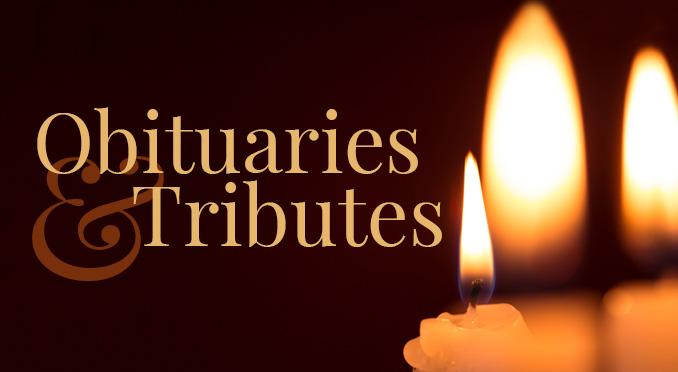Cremation Services
Cremation is an alternative to the burial process and it is chosen by many people because of religious beliefs, the desire to preserve the environment or it was requested by the person who died. Immediate cremation is also a less expensive option in comparison to a burial. The deceased is placed in a casket or container that is combustible and placed in a special furnace called a cremation chamber or a crematory whereby a heating process is used to reduce human remains an ash or granular substance. The cremated remains of an average adult body will weigh about 6-8 pounds. Cremation is not an alternative to a funeral, but rather an alternative to burial or other forms of disposition. Cremated remains can be scattered or buried, or they may be kept with the family in a decorative urn.
Cremation FAQ
What is Cremation?
The deceased is placed in a casket or container and fire is used to reduce the body to an ash or granular substance. The cremated remains are then placed in a small box or urn along with a metal identification tag. You may provide your own urn or purchase one from the funeral home. Cremation is not the final disposition of the remains, nor is it a type of funeral service you must also make arrangements for what you wish to have done with the cremated remains.
Is a casket needed for Cremation?
No, a casket is not required. However, the human remains need to be delivered to the crematorium in an alternative container constructed of wood and cardboard that is leak and spill resistant, rigid, combustible and a closed receptacle.
Is embalming required prior to cremation?
No, embalming is not required for an immediate cremation.
Can the body be viewed without embalming?
Yes, but it is not recommended. It can not be predicted when or how quickly the decomposition process will begin from the time of death until the time of cremation, as it involves many factors. However, immediate family members can briefly view the deceased prior to an immediate cremation in a timely fashion.
Can the family witness the cremation?
Yes, family members may be present when the body is placed in the cremation chamber. Crematoriums offer this service for an additional fee.
Can an urn be brought into church?
Most churches allow the cremated remains to be present during the memorial service. It is encouraged that cremated remains be a part of a funeral as it provides a focal point for the service.
What can be done with the cremated remains?
You may buy rights to bury or scatter the cremated remains in a designated part of the cemetery. Cremated remains may only be buried in a registered cemetery. Scattering rights may not be available at all cemeteries. You may buy rights to place the cremated remains in a compartment in a columbarium, called a niche. A columbarium is a structure that houses a number of niches. You may scatter the cremated remains on private property with the consent of the land owner. You may choose to scatter the cremated remains on unoccupied Crown lands and Crown lands covered by water. For more information, visit Consumer Protection Ontario at www.ontario.ca/consumerprotection and search the term "Cemeteries and Funerals". If you wish to scatter cremated remains on municipally-owned lands, check municipal by-laws first.
If you choose to take or transport the cremated remains out of Ontario, you must follow the laws that apply to any other province or country.
How can I be sure I receive the correct remains?
All reputable cremation providers have developed rigorous sets of operating policies and procedures in order to maximize the level of service and minimize the potential for human error. In Ontario, a metal identification tag is place with the deceased upon arrival at the crematorium. Since it is illegal to perform more than one cremation at a time, and the vast majority of crematories can only cremate one body at a time, it is next to impossible to receive the incorrect remains.
How long does the actual cremation take?
It all depends on the weight of the individual. For an average sized adult, cremation can take two to three hours at a normal operating temperature of between 1,400 and 1,800 degrees Fahrenheit.
What do the cremated remains look like?
Cremated remains resemble coarse sand and are whitish to light grey in color. The remains of an average sized adult usually weighs between 7 and 8 pounds.
Are all the cremated remains returned?
With the exception of minute and microscopic particles, which are impossible to remove from the cremation chamber and processing machine, all of the cremated remains are given back to the family.
Do I need an urn?
An urn is not required by law. However, an urn may be desired if there is to be a memorial service or if the remains are to be interred in a cemetery. If an urn is not purchased or provided by the family, the cremated remains will be returned in a cardboard box.



